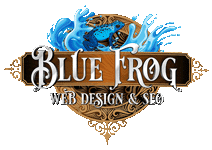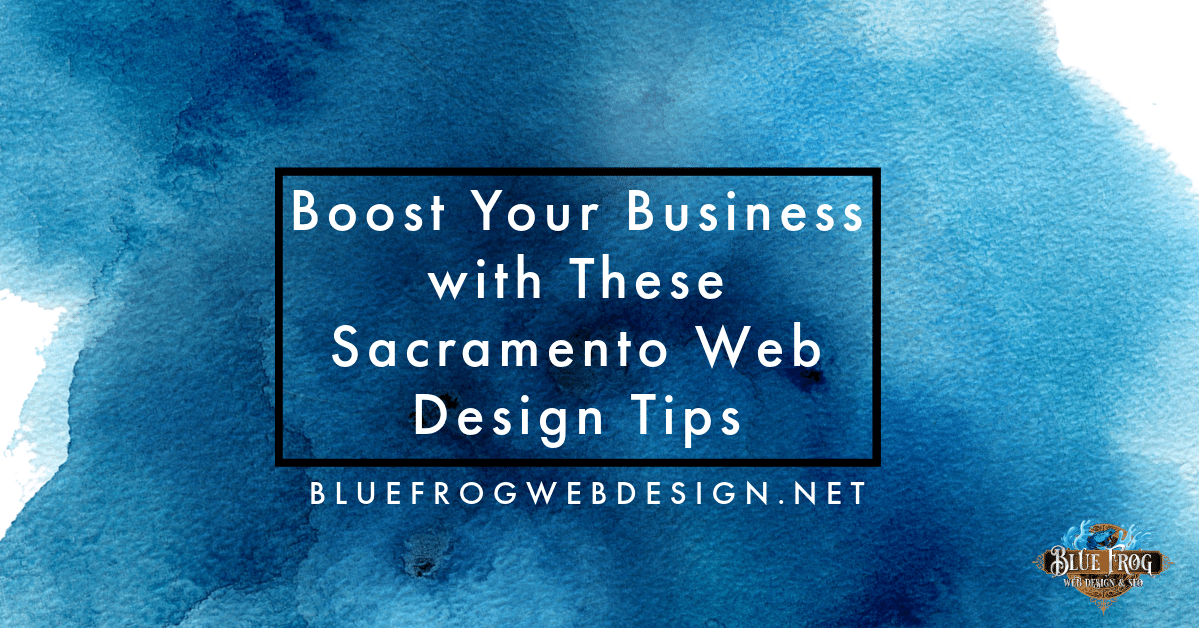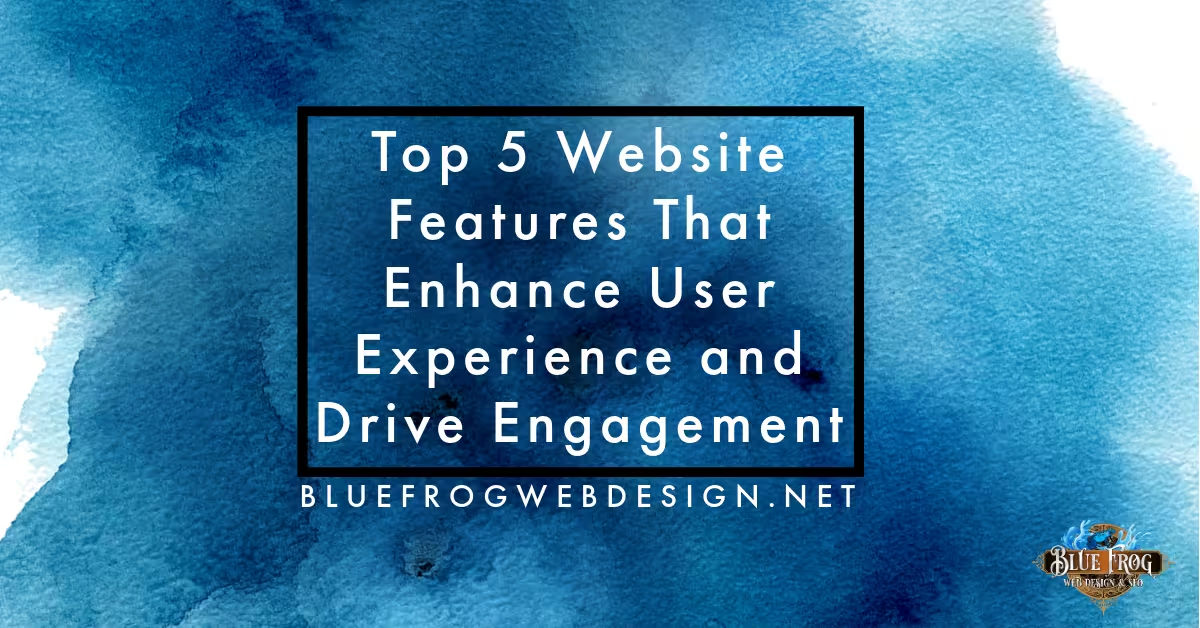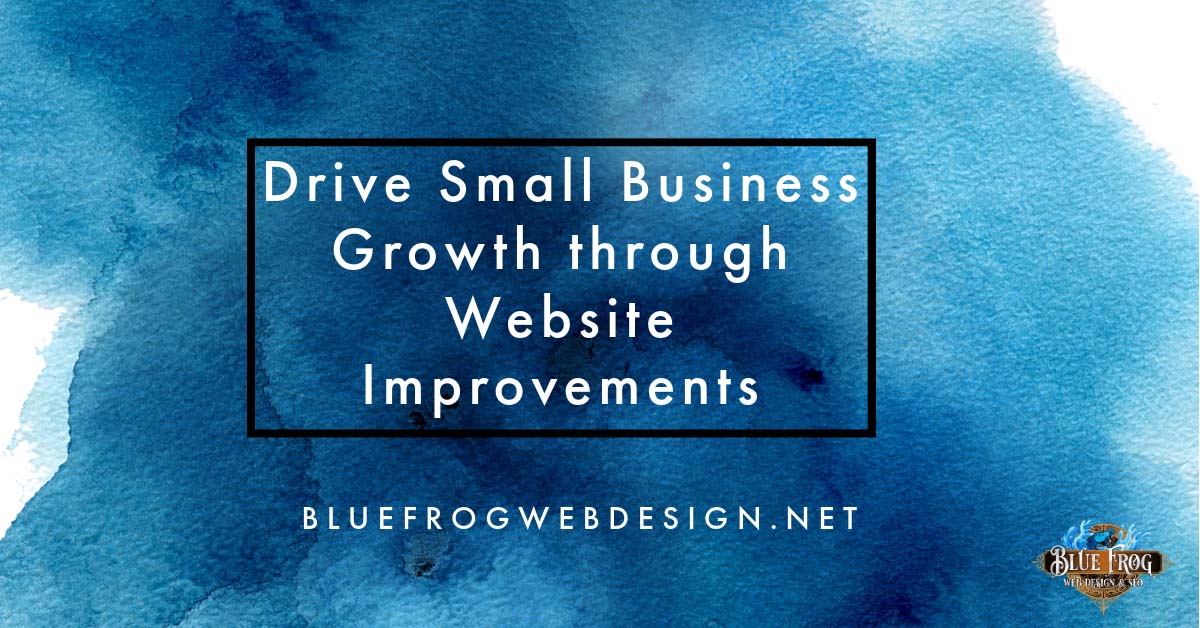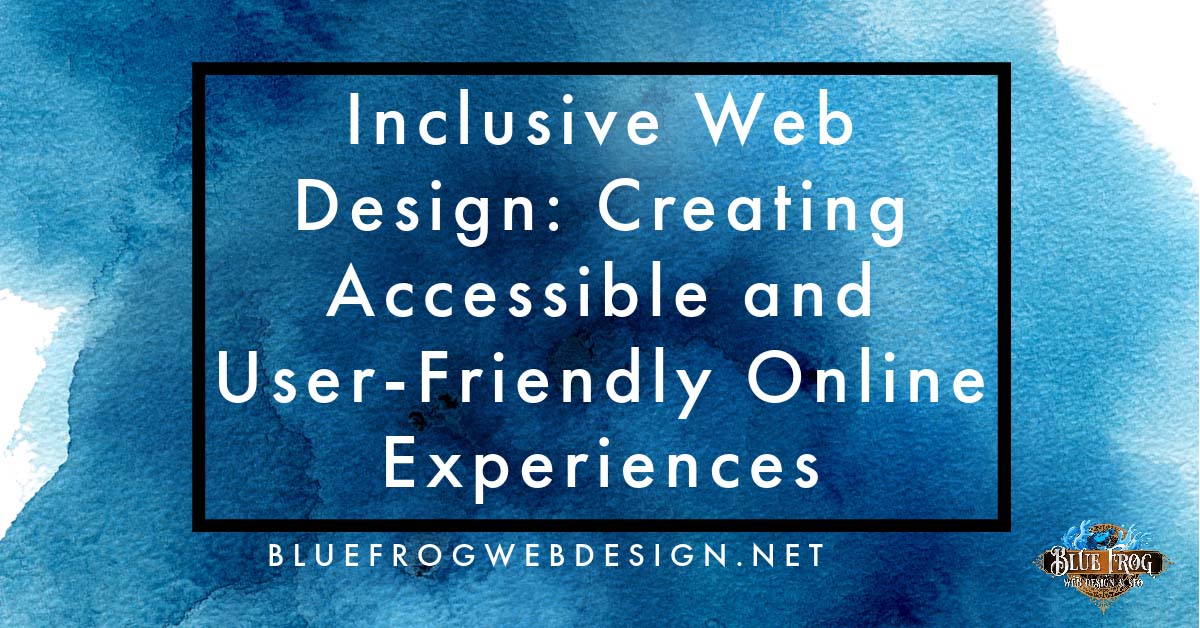Introduction to the evolution of web design services
Web design used to be simple. Back in the day, creating a website meant putting together some text, a few images, and maybe a colorful background. That’s it. There was no talk of user experience, no mobile optimization, and definitely no interactive elements. Fast forward to today, and it’s a whole new world. Web design services have evolved from static, one-size-fits-all pages to dynamic, user-focused experiences that look great on any device. This transformation didn’t happen overnight. It took years of innovation, learning from mistakes, and a relentless push towards improving how we interact with the web. Now, web designers strive to create sites that not only look good but are also easy to navigate, fast-loading, and accessible to everyone. This evolution has made the internet a more inclusive, engaging, and functional space for all.
The early days of web design: Simple pages and basic aesthetics
Back in the early days of the internet, web design was straightforward. Websites looked more like digital brochures, with simple layouts and basic aesthetics. Text was the star of the show, with a few images thrown in to break up the blocks of words. Colors were used sparingly, mainly because internet speeds were slower, and fancy graphics took forever to load. Most sites followed a similar format: a homepage, a few subpages, and that was pretty much it. No frills, no animations, just the essentials. This simplicity wasn’t just a stylistic choice; it was about functionality and ensuring that those early web browsers could quickly load and display sites without any hiccups. In a way, every site had a “what you see is what you get” vibe, making the internet a lot more predictable, but also a bit dull. It was a time when web design was just finding its feet, experimenting within limited boundaries and laying the groundwork for the explosive creativity we see today.
The advent of CSS and the transformation of web layouts
Back in the day, web design was pretty straightforward. Web pages were clunky, with design taking a backseat to functionality. It was all about getting the information out there. Then came CSS, short for Cascading Style Sheets, and it changed the game. With CSS, designers could now separate the content of a webpage from its visual presentation. This meant they could get creative with layouts, colors, and fonts without messing up the structure or making the site hard to update.
Before CSS, tweaking a website’s look meant diving deep into HTML code, changing things around for every single page. It was like repainting your car every time you wanted a new radio station. With CSS, it’s more like having a universal remote for the look of your site. Change it once, and the design updates across all pages. This shift didn’t just make life easier for web designers; it opened the door for more complex and visually appealing websites. Suddenly, the web wasn’t just a place for text on a page; it was a canvas for creativity. CSS was a pivotal moment in web design, transforming websites from digital pamphlets to dynamic visual experiences.
Incorporating multimedia: The rise of interactive web design
Back in the day, websites were like digital flyers. Click, scroll, maybe a link clicked here and there. That was it. But guess what? Things changed. Web designers started incorporating multimedia elements, making sites more than just words on a screen. Stuff like videos, audio, animations, and interactive graphics turned the web into an engaging space. Why? Because people love things they can poke at, listen to, and watch. It makes the experience personal, like the website’s talking right to you. And it’s not just for fun. Businesses use these tools to grab your attention, hold onto it, and maybe, make you buy something or pick up what they’re putting down. This interactive design didn’t just pop up overnight. It evolved, thanks to faster internet and better technology. So, we went from static to dynamic, from monologue to dialogue. Now, websites aren’t just seen; they’re experienced.
Responsive design: Adapting to mobile devices and tablets
Back in the early days, websites were simple digital billboards. People could only view them on desktops with bulky monitors. Fast forward, and now, we’re in an age where almost everyone browses the web on their phones or tablets. Enter responsive design – it’s like the superhero of modern web design, making sure websites look good and work well on any device. Basically, responsive design allows a website to automatically adjust its layout, images, and menus to fit the screen size, whether it’s a huge desktop monitor or a small smartphone screen. Why does this matter? Well, think about it. If you’re using your phone to look something up and the website looks all jumbled or you have to zoom in to read anything, you’d probably leave, right? Responsive design stops that from happening. It keeps visitors on your site longer, no matter how they’re accessing it. In a nutshell, it’s essential for keeping everyone happy – from casual surfers to serious shoppers – and making sure they can easily find what they need on your website, regardless of the device they’re using.
The role of user experience (UX) in modern web design
Now, let’s get straight to the point about user experience (UX) in web design. It’s big. Huge, in fact. Back in the day, web pages were simple, static displays of text and maybe a couple of images. The game is different now. UX is king. It’s all about how you, the user, interact with the website. Is it easy? Is it enjoyable? Does it make you want to come back? That’s UX at work. Websites are no longer just about looking good; they have to feel good, too. Smooth navigation, quick loading times, and interactive elements are part of this package. This shift means designers now think a lot about you. They study how you navigate, what catches your eye, and what frustrates you. Why? Because a happy visitor is more likely to become a happy customer. So, remember, next time you’re cruising through a site that feels like a breeze, that’s UX doing its magic. It’s a core part of web design that turns simple pages into dynamic, user-friendly experiences.
Dynamic websites and personalized content: A new era of web design
In the world of web design, we’ve moved past the days of static pages that look the same to everyone. Now, we’re in the age of dynamic websites and personalized content. This means websites can change what they show based on who’s looking at them. Imagine you visit a shopping site, and it recommends products similar to what you’ve bought before. That’s personalized content in action. Dynamic websites use technology to adapt to each visitor, turning a one-size-fits-all webpage into a unique experience for each user. It’s like having a conversation where the website listens and changes based on what you say. This shift towards dynamic websites and personalization is big. It helps businesses connect better with their audience, making sure the content is relevant and interesting to each visitor. This is not just fancy – it’s a powerful way to keep people engaged and coming back for more.
The impact of AI and machine learning on web design services
AI and machine learning are changing the game in web design services. These technologies help create websites that are smarter and more intuitive. Think about websites that seem to know what you’re looking for before you do. That’s AI at work. Machine learning allows a website to improve over time, learning from the interactions users have with it. This means websites can now adapt and provide a more personalized experience to each visitor. For business owners, this translates into websites that engage visitors better, keep them on the site longer, and ultimately drive more conversions. No longer are we stuck with static, one-size-fits-all websites. With AI, your website can grow and evolve, giving users precisely what they need, when they need it.
The future of web design: Emerging trends and technologies
The future of web design will be shaped by cutting-edge trends and technologies that aim to provide more immersive, interactive, and personalized experiences. Voice-controlled interfaces, powered by advances in AI, are making websites more accessible and convenient. Imagine telling a website what you need instead of typing. Virtual Reality (VR) and Augmented Reality (AR) will take user experience to another level, making it feel like you’re inside the website, experiencing products or services in a simulated reality. The rise of machine learning will see websites that adapt to your preferences and habits, displaying content that is more relevant to you. Expect less clicking and more swiping, as web designs become more mobile-centric, acknowledging the shift towards smartphone use. The integration of social media elements directly into websites will deepen, creating a seamless web experience that bridges the gap between web browsing and social networking. Finally, sustainability in web design will gain momentum, emphasizing websites that are not only visually appealing but also energy-efficient, contributing to a greener digital footprint. These advancements signal a shift towards an internet that’s more intuitive, engaging, and responsible.
Conclusion: The ongoing evolution of web design and what it means for businesses
Web design has come a long way, from the simple text-based pages of the early web to the dynamic, interactive experiences we see today. This evolution is not just about technology. It’s a reflection of changing user expectations. Users now demand websites that are not just informative but engaging, accessible, and visually appealing. For businesses, this means continuously adapting to stay relevant. If you’re not evolving with the times, you’re falling behind. Think of your website as your digital storefront; it needs to attract, engage, and convert visitors round the clock. The ongoing evolution of web design is a journey, not a destination. It’s about constantly learning, experimenting, and implementing the latest design trends and technologies. Stay curious, stay adaptable, and always keep your audience’s needs at the heart of your web design strategy.
Need help with your marketing?
Let my team help you like we’ve helped lots of other businesses dominate their rankings and attract better-quality leads.
